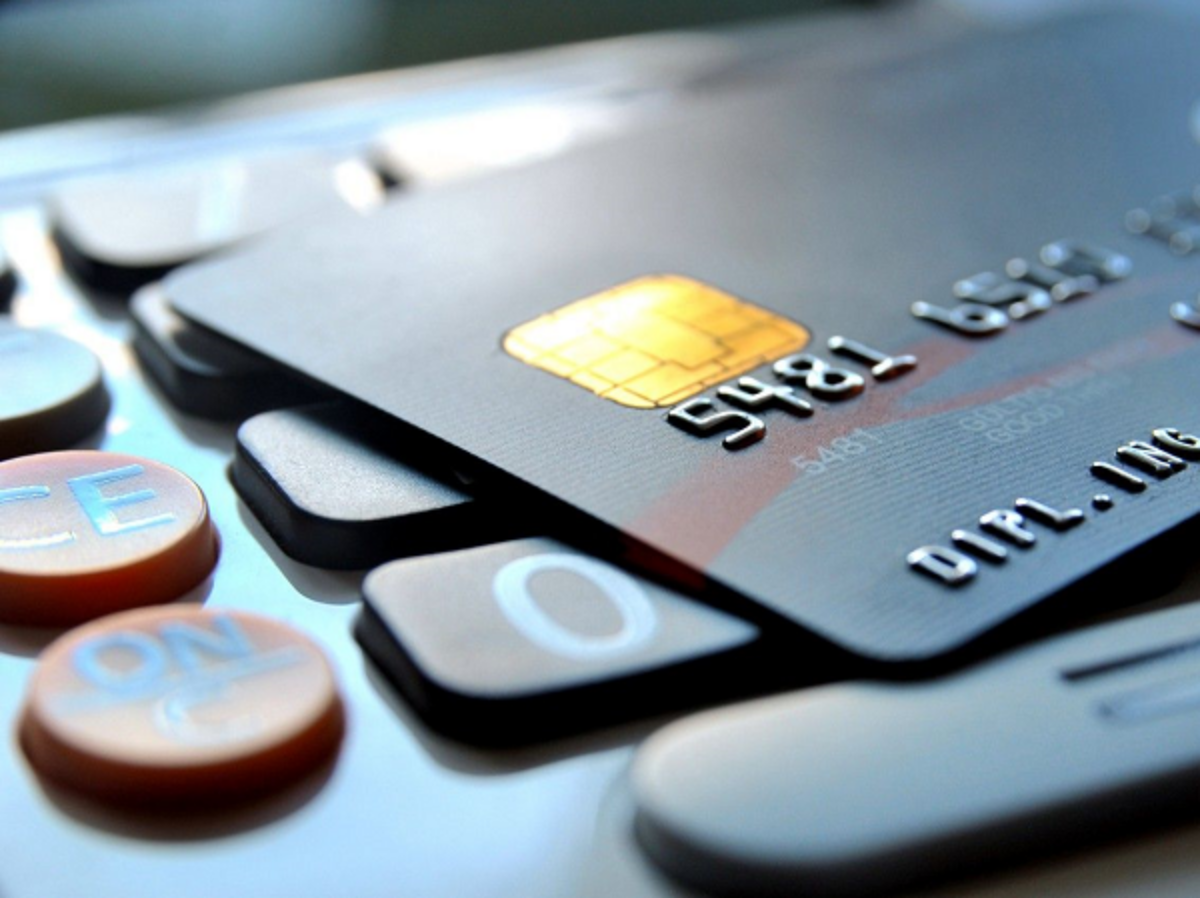Cash is no longer king; What are the implications for Small Business?
Covid-19 has accelerated our transition to a cashless society, increasing the pace of widespread adoption of digital payments by several years. For example, PWC estimate that between 2020 and 2025 Cashless payments are set to increase by 80%. So, what are the implications for Small Business providers who must decide between the various digital payment methods, which ones are best for their business that can help them grow and are the most cost effective?
What are digital payments?
A digital payment is any payment that does not involve cash, a paper cheque, a physical debit/credit card or another way of saying it, any payment that is made digitally. From the consumer or customer perspective digital payments include eCommerce payments online, payments within a mobile App, any digital wallet such as Apple Pay or Google Pay, any tap payment system, any online bank transfers, or use of the OTT (Over the Top) banks like Revolut or N26. Note payment by physical card using the NFC is considered a digital payment.
Which Digital payments are most popular?
The following data from Statista in 2021 provides a breakdown of the growth in digital payments in USA and breakdown between Mobile point of sale systems and digital commerce (or online). The forecasted growth from 2021 6.4 Trillion USD to 10.7 Trillion USD in 2025 a growth of 67% and roughly in line with PWC predictions.

Explanation of various digital payment methods?
Mobile POS (point of sale) payments are the fastest growing digital payment systems and work through smartphones and other cellular devices to accept payments from cards and digital wallets. Retailers and Food & Beverage businesses rely on mobile PoS systems the most due to their flexibility of payment from anywhere.
‘Tap and Go’ Contactless payment systems expanded rapidly during the pandemic, and most credit/debit card transactions now are accepted this way. Contactless payments rely on NFC (near-field communication) technology, a chip that is in most physical cards and used in mobile digital wallets to allow Tap and Go with your smart phone. To accept these types of payments, business must acquire or rent an NFC enabled device.
Peer to peer payments is a new method that allows users to make digital payments between two users or a user and a business. In digital payments its possible to quickly search for a user and instantly transfer money, by linking to the payer and payee’s bank account to withdraw and deposit funds. Examples of peer-to-peer payments include Revolut, Venmo and Paypal.
Social Media payment is where small businesses leverage their social media accounts which are providing inbuilt eCommerce solutions. The basic premise is that consumers do not have to leave the business social media site to make in app purchases using digital payments such as mobile wallets.
In Asia, messaging payments are very popular and in China are considered the most common form of digital payments and displacing mobile PoS systems and Contactless payments. In China, WeChat is the most popular messenger payment system. India is increasingly relying on WhatsApp and UPI (Universal Payment) for messaging payments. The following infographic from Statista shows countries where Messaging payment is gaining traction.

Which is best Digital Payment for my Business?
Most businesses will need more than one digital payment systems. To accept payments in the business, require either an NFC contactless payment or Mobile PoS system. For online digital payments, then the options are a website, an app, or an alternative to these is to use Messenger Apps such as WhatsApp to accept customer orders, messenger payments and even offer loyalty. In China this is the most dominant digital payment using their messenger equivalent WeChat.The remarkable thing about Messaging Apps is that they can perform all the same functions as a Mobile App with no need for the consumer to download another App.
At Payemoji we enable Messenger Apps for Business and enable messenger payments. Every Business gets a local Mobile Number (separate from their business number) and a QR code(s) that make it simple for your customers to engage through a Messenger App with your Business and digitally pay for goods and services, while never leaving the Messenger App.
Sounds Interesting?
With Payemoji your Business can experience the power of Messaging Apps and accept digital messenger payment, all for a low monthly subscription fee… Hold off on other digital payments.


